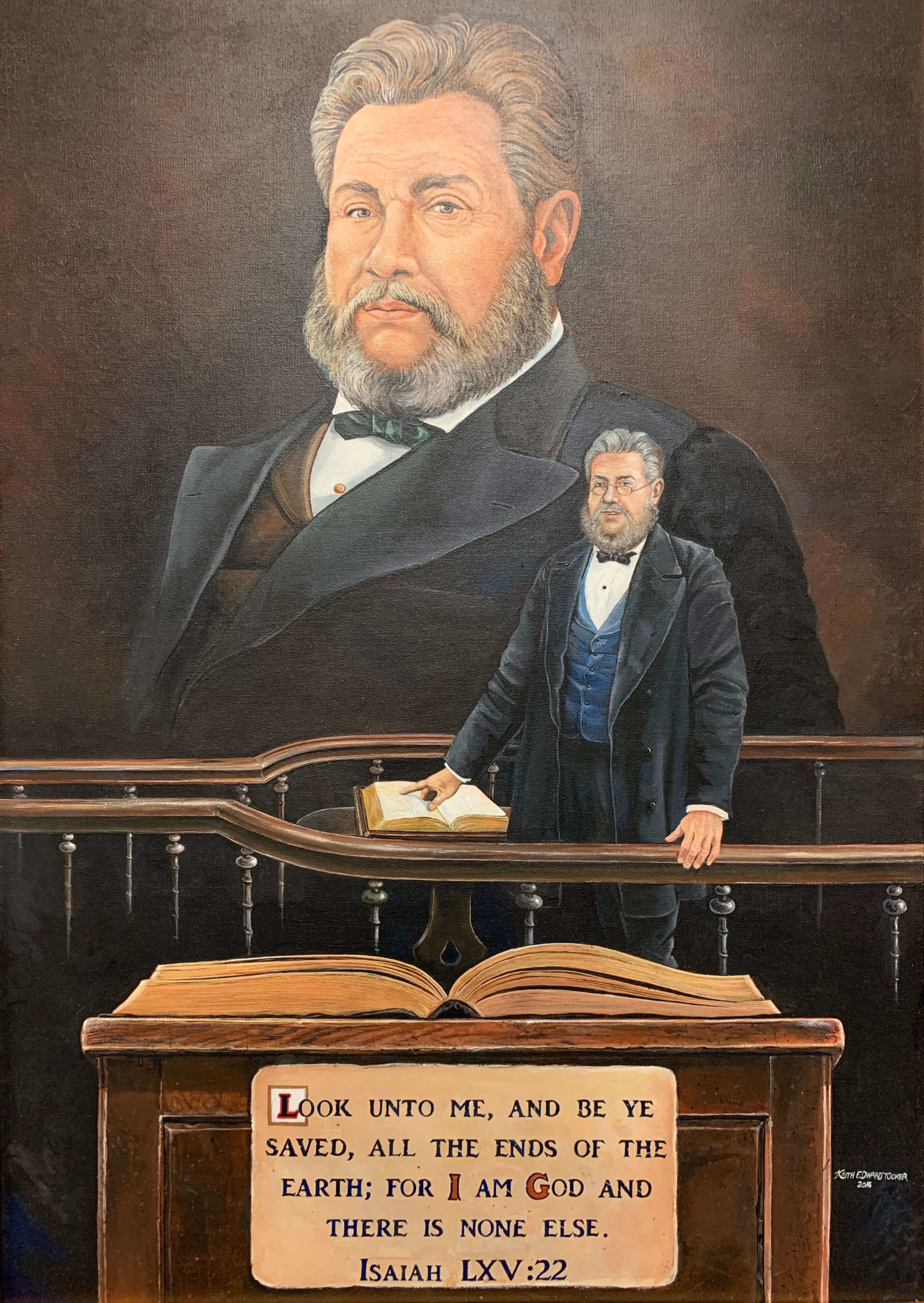Charles Hadden Spurgeon
1834 – 1892
Many have declared Spurgeon to be the greatest preacher since the apostle Paul. He was an English Baptist preacher born at Kelvedon, Essex, June 19, 1834. His father was an independent minister. After attending Colchester school, young Charles was appointed usher in a school at Newmarket in 1849 and formally joined the Baptists in 1850. He was converted at age sixteen, and immediately began preaching.
Spurgeon’s extraordinary ability was immediately recognized and he began pastoring the first church in 1852. In 1854 he took a small deteriorating church in south London. At once throngs of people were attracted to the small church. After moving several times (1859-1861) the congregation finally built the great Metropolitan Tabernacle, seating six thousand people. Here Spurgeon, who had become the most popular preacher in London, had his pulpit for the rest of his life.
Spurgeon was a convinced Calvinist. He repudiated baptismal regeneration, and distrusted the rising tendencies of modern Biblical criticism. Beginning in 1855, he published a sermon each week. In 1865 he began to edit the monthly Sword and Trowel. He excelled not only in preaching but also in public prayer. His membership included over five thousand, and it is said that he knew them all by name. He observed the Lord’s Supper almost every Sunday either at home or in the tabernacle. He led in the establishment of many benevolent institutions.
Spurgeon always appealed to the Scriptures as authoritative, and his sermons were based on Old Testament texts as well as those from the New Testament. His simplicity and his voice were great assets to preaching. Spurgeon excelled in his use of illustrations and anecdotes. He was criticized in his own day for his use of illustration, but like Jesus, Spurgeon believed in appealing to both eye and ear. He looked on the Gospel as a “gift of God to the imagination.” In one particular lecture he said that a sermon without illustration is like a house without windows.
Before his death in 1892 he had published more than two thousand sermons and forty-nine volumes of commentaries, sayings, anecdotes, illustrations, and devotions.

